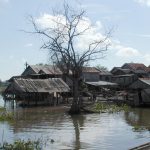Agricultural policy and administration
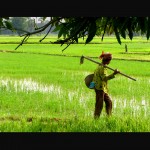
Agriculture in Cambodia accounts for approximately 56% of the labour force. The size of the sector means that policies developed here have a significant impact on the whole country. Agricultural policy and administration is managed by the Ministry of Agriculture, Forestry and Fisheries (MAFF). There ...
Expropriation
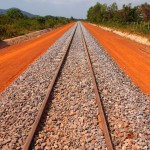
The Constitution of the Kingdom of Cambodia and the Land Law of 2001 both guarantee an individual’s right to property protection. Though part of the Government’s policy framework since 2002, not until 2010 did a legal framework exist to govern the process by which the ...
Elections

Election ballots, Cambodia. Photo by Daniel Littlewood, taken on April 20, 2004. Licensed under CC BY-NC-ND 2.0History of Cambodia’s electionsCambodia saw consecutive civil wars for more than 20 years after the coup in 1970. In 1991, parties in the conflict reached agreement to end the ...
Pollution and waste
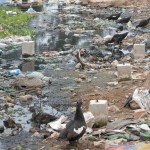
The rapid economic and population growth in Cambodia is leading to significant environmental pollution. The economic development activities have generated major environmental consequences, including air pollution, water pollution, noise pollution and solid wastes. ...
Land policy and administration
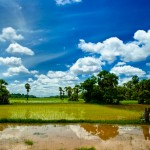
The Royal Government of Cambodia's land policy has three pillars: land administration, land management and land distribution. The objective of the country’s land policy is to facilitate the use and management of land and natural resources for socio-economic development in an equitable and sustainable manner. ...
Banking and financial services policy and regulation
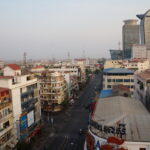
Political stability and economic growth of all sectors have played vital role in building the public and foreign investors’ confidence and maintaining the safety and soundness of banking system in Cambodia. The banking sector continues to have substantial growth as it shares 82.2% in the ...
Maternal and child health
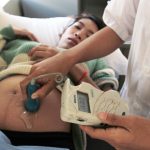
The number of mothers who died in labour has nearly halved over four years, from 182 fatalities in 2011 to 100 in 2015.114 Deaths among children have also dropped, although they remain comparatively high, and the prevalence of underweight newborns is high compared to many ...
Plants
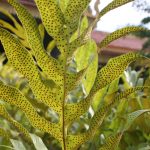
Although there are often new discoveries,140 a global lack of up to date data on botanical research makes plants biodiversity hard to assess in Cambodia. Compared to neighboring countries, the number of plant species is low, mostly due to the relative country’s flat landscape.141 Botanical knowledge ...
Major banks
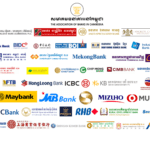
In 2020, COVID-19 severely impacted both the global and Cambodia economies. The banking system in Cambodia is also affected but at a moderate and manageable level.164 The National Bank of Cambodia (NBC), Cambodia Microfinance Association, and other relevant institutions pointed out the rate of the ...
Education policy and administration
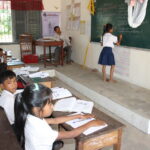
The Royal Government of Cambodia has continued its effort to reform the education sector at all levels. Over the years, policies and regulations have been enforced to improve education quality, accessibility, efficiency, effectiveness, inclusiveness, and transparency. Those policies and regulations include Education Strategic Plan 2019-2023, ...
Fishing, fisheries and aquaculture
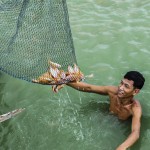
Cambodian fish farmer checking on fish quality. Photo by U.S. Agency for International Development (USAID), taken on 16 October 2012. Licensed under CC BY-NC-ND 2.0.Cambodia’s inland capture fisheries are among the largest in the world. The fishing industry encompasses subsistence, commercial and recreational fishing, as ...
Bar association legal aid services
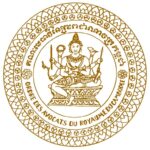
The Bar Association of the Kingdom of Cambodia (the Association) is a non-governmental institution for Cambodia’s lawyers. In keeping with Article 24 of the United Nations Basic Principle on the Role of Lawyers, the Association represents lawyers’ interests, promotes their continuing education and training, and ...
Cassava
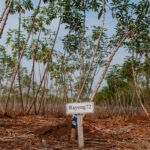
Cassava is a significant contributor to the agricultural sector in Cambodia. The planting, harvesting, processing and export of cassava provides jobs and livelihoods for thousands of Cambodians. Cassava is a significant cash crop for Cambodian farmers.309 Cassava production in Cambodia has increased substantially since 2006. ...
Pandemics

Pandemics are disease epidemics that spread from person to person as a result of human-to-human transmission. Many medical texts do not define the term “pandemic”. However, some key characteristics of pandemics, including wide geographic spread, disease movement, novelty, severity, high attack rates and explosiveness, minimal ...
Infrastructure
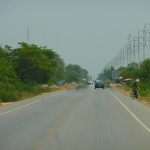
A national road in Cambodia. Photo by Pat Scullion, taken on 2 April 2010 under CC BY-NC-ND 2.0Infrastructure describes the built assets that allow a country to function, such as roads, railways, ports, airports, communication systems, electricity and drinking water distribution networks. The Ministry of ...
Protected areas
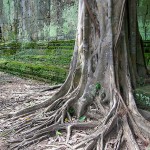
As Cambodia emerged from years of conflict, pressures grew on natural resources and sensitive areas. In response, a number of protected areas were created by royal decree in 1993 to protect ecologically and culturally important places. More detailed guidelines on managing the country’s protected areas ...
Non-renewable energy production
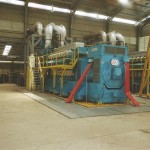
Non-renewable energy sources are chiefly fossil fuels such as coal, diesel, oil and gas. They provide most of Cambodia’s locally-produced electrical supply – in 2011 diesel and heavy fuel oil generators provided 89% of local electricity generation. ...
Forest protection support
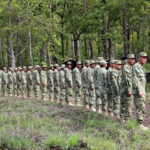
Cambodia is struggling to safeguard its forests while preserving economic growth since many people make a living via farming, logging, and other activities that might lead to deforestation. Almost 80% of Cambodians living in rural regions rely on forests for survival. On the other hand, ...



